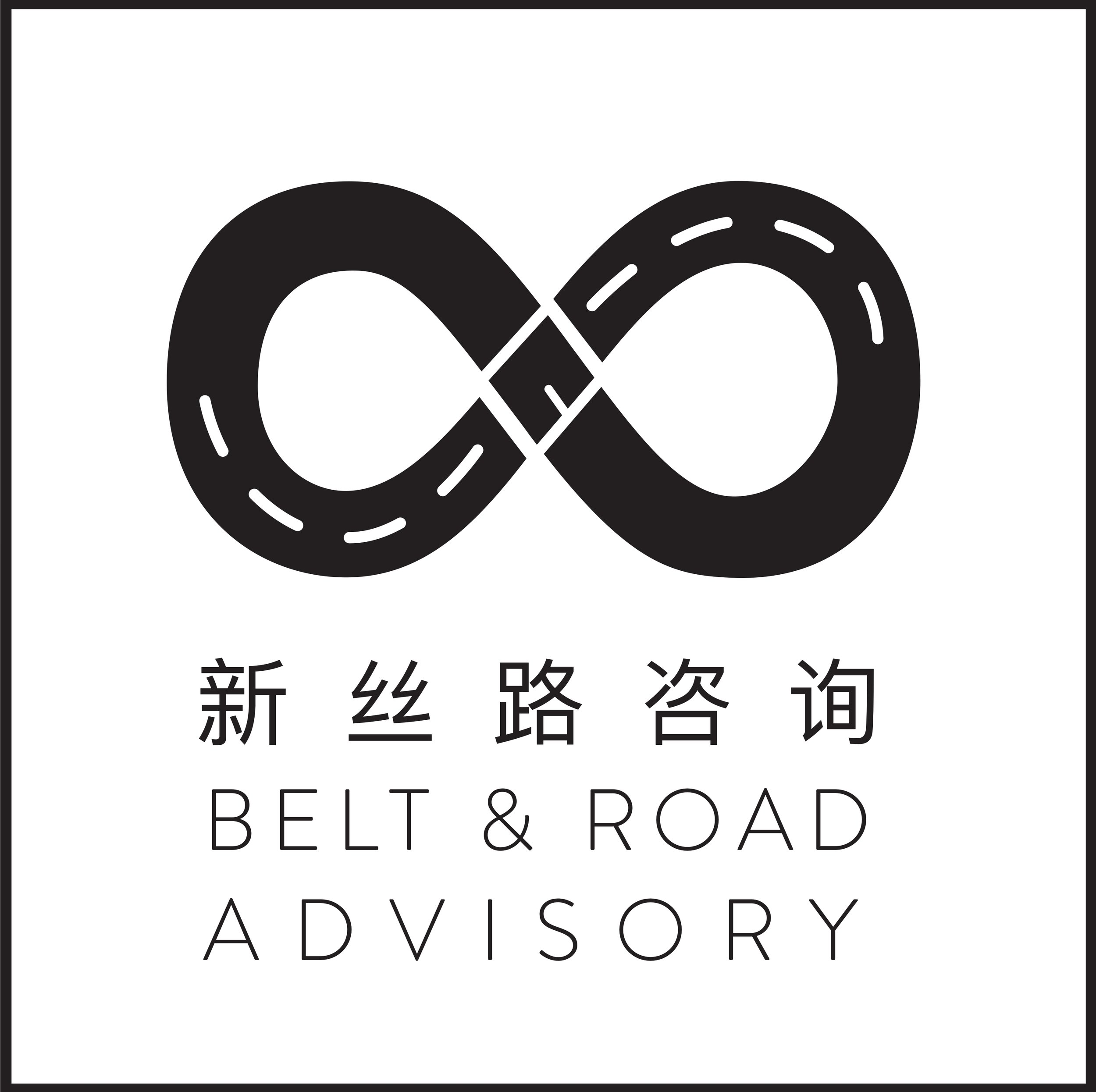Yu Jia discusses 3 way cooperation and BRI confidence
VIEWERS IN CHINA CLICK HERE TO SEE THE VIDEO
Dr. Jia Yu is Senior Operations Officer and the Director of International Development Cooperation at the Institute of New Structural Economics at Peking University..
ENGLISH TRANSLATION AND TRANSCRIPT OF XINHUA NEWS VIDEO BY the Belt and Road Advisory
So in the real process of cooperation between China and many developing countries, it is very important for China to more proactively promote three way cooperation. Now what do I mean when I say "three way cooperation.” Well, in addition to China, and the host country itself, we also hope to introduce a third party, which could be the government of a developed country or a large multinational company. It may also be some international organization or a financial institution to complete this “three way cooperation model.”
Doing projects this way fosters transparency and therefore does not give the impression that China is exporting something in a unilateral fashion, and therefore be seen as more “win-win” in nature. In addition, for example, for most overseas projects, financing is also a big risk and often a topic of contention. But if China cooperates with international organizations, such as the World Bank or some development banks there is a halo effect as their lending practices are considered a standard that is acceptable to the world.
Doing things this way makes the process of promoting the project easier and more palatable to all. So this model, which we call the “three way cooperation model”, actually can be a truly sustainable and overall very effective model for China to pursue under the BRI.
VIEWERS IN CHINA CLICK HERE TO SEE THE VIDEO
Dr. Jia Yu is Senior Operations Officer and the Director of International Development Cooperation at the Institute of New Structural Economics at Peking University..
ENGLISH TRANSLATION AND TRANSCRIPT OF XINHUA NEWS VIDEO BY the Belt and Road Advisory
It is widely is believed that the Belt and Road Initiative will, first of all, lead to the development of many neighboring countries in terms of infrastructure. Well, data of this kind can be found through different channels. We have all heard about the “hard infrastructure” that has been built including roads, railways and so on. However today I would like to take advantage of this opportunity to discuss perhaps an even greater impact China has brought to it’s BRI partner countries and that is: the confidence that these countries can take advantage of these growth opportunities and develop successfully in the manner that fits their needs.
It is not to say that confidence is more precious than gold but it is true that confidence is a key part of every country’s future plans—no matter what its current level of development is. Each country will certainly seek out its own unique development advantages. It is also true that these development plans will be executed in the context of what is going on in other countries around the world. And as everyone knows by now, the Belt and Road Initiative not only involves infrastructure cooperation, but also manufacturing and service industry cooperation. And not only for their own markets, but also for international markets. So in this case the confidence that developing countries get from observing what is going on all around them in the Belt and Road Initiative can inspire them to take advantage of new opportunities for prosperity and development.
